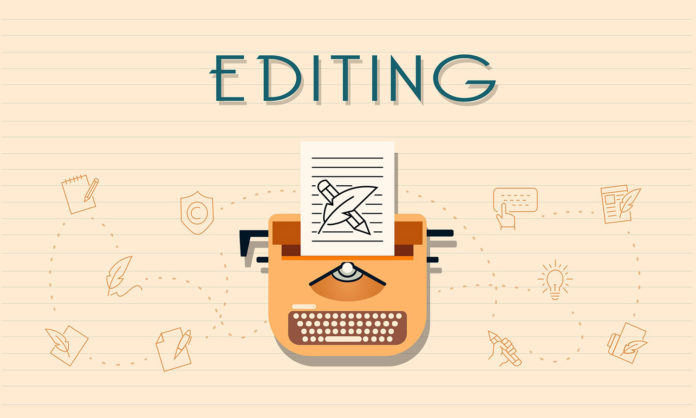
In a new post on Writers in the Storm, Kris Maze continue her discussion on how to rid your work of fluff words. “Here are 7 insights about trimming our writing by eliminating the fluff expressions,” she says. “Consider looking for these extraneous words when editing your next WIP.”
- Leading words. These sneaky bastards creep into the beginning of your sentences. Do you begin sentences – particularly dialogue – with so, mostly, often? Cut them. We’d add well, anyway, actually, and honestly to that list, as well.
- Directionals. Your characters can stand, sit, and walk without the words in, out, down, and up.
- Dialogue Tags. While you need to identify your speakers, many writers overdo it. If only two characters are talking, your readers should be able to follow a brief exchange. Consider cutting dialogue tags. If you need to identify the speaker, consider adding action or description.
- ‘Went’ and So the Reader Did. When describing an activity in the past tense, it’s tempting to rely on “went”, as in “He went fishing.” Find a cleaner, more descriptive way for these phrases.
- False Starts. Writers often describe their characters as “beginning to” do something: he began to walk, he began to speak, etc. Delete these fillers and let your character act.
- Overused Emotions & Expressions. Describing facial expressions and emotions is a unique way is tough. Characters shrug, sigh, raise their eyebrows, ad nauseum. This might be a tough one, but finding a fresh way to convey reactions is worth it. You’ll stand out from the writers who don’t bother. You might find that you use the same two or three throughout your writing.
- Overused Body Parts. Describing physical features and body language in an interesting way is also challenging. Search your writing to see if you use head, hand, heart, eye, arm, and leg repeatedly.











